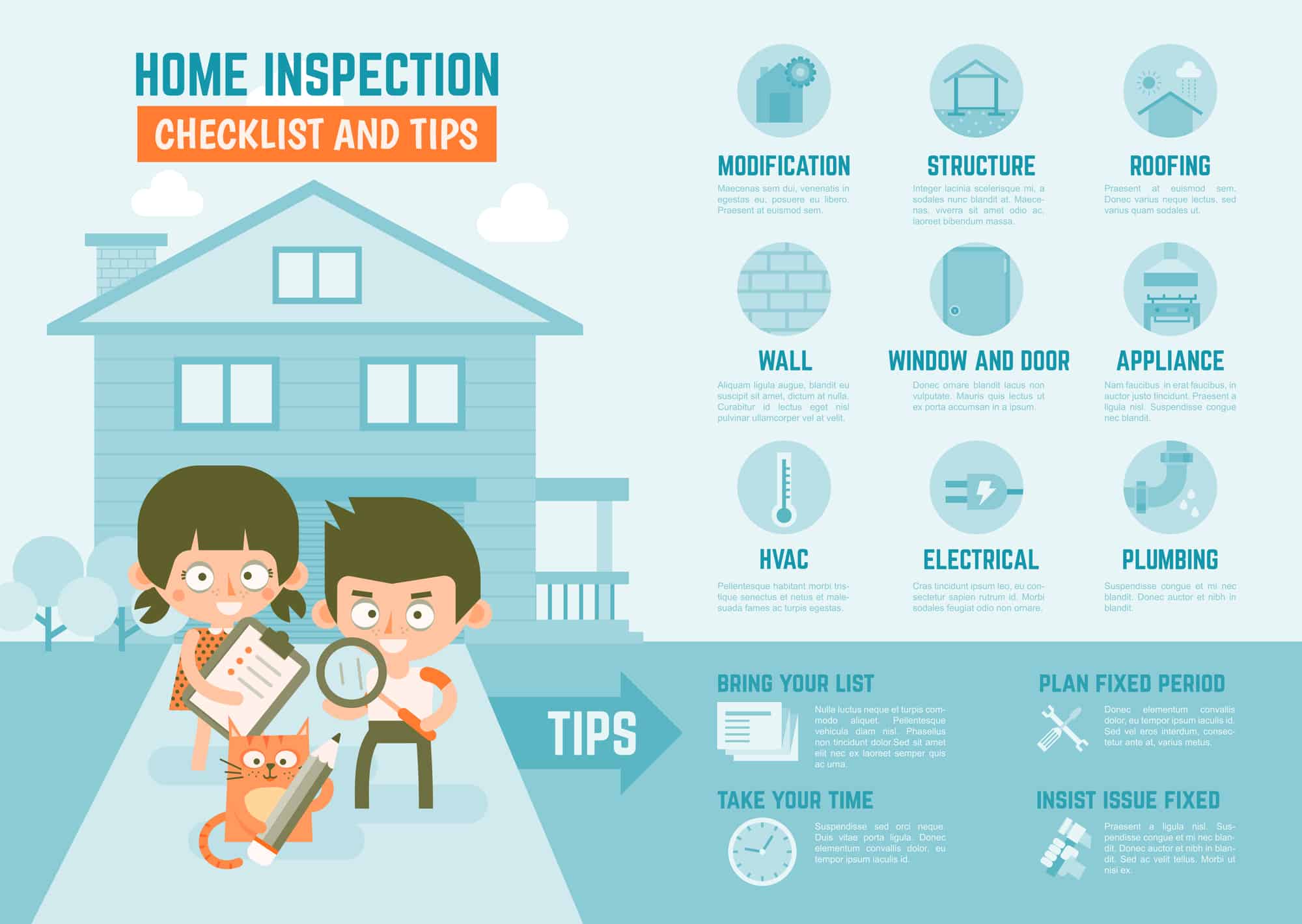Here’s a more comprehensive guide on routine inspections to help catch problems before they worsen:

1. Belts and Hoses
- Visual Inspection: Regularly check the condition of belts and hoses for signs of wear, cracking, or fraying. Replace any belts that show signs of damage or have exceeded their recommended service life. Inspect hoses for leaks or bulges and replace them if necessary to prevent coolant or fluid leaks that could lead to engine overheating or loss of power steering.
2. Engine Air Filter
- Replacement Interval: Replace the engine air filter according to your vehicle manufacturer’s recommendations or sooner if you drive in dusty conditions. A clean air filter ensures that the engine receives a proper air-to-fuel ratio, which is essential for optimal performance and fuel efficiency.
3. Battery Condition
- Terminals: Clean battery terminals regularly to prevent corrosion buildup, which can interfere with electrical conductivity and lead to starting issues. Use a mixture of baking soda and water to clean terminals, and ensure they are tightened securely.
- Battery Load Test: Perform a battery load test annually or when you notice signs of battery weakness such as slow cranking or dimming lights. This test determines the battery’s ability to hold a charge under load conditions and helps prevent unexpected failures.
4. Exhaust System
- Inspection: Inspect the exhaust system annually for signs of rust, damage, or leaks. A compromised exhaust system can lead to decreased fuel efficiency, increased emissions, and potential safety hazards due to carbon monoxide buildup.
5. Fluid Condition and Flushes
- Coolant: Check the condition and level of engine coolant regularly. Coolant should be flushed and replaced according to your vehicle manufacturer’s recommendations to prevent corrosion, maintain proper engine temperature, and extend the life of cooling system components.
- Transmission Fluid: Monitor transmission fluid levels and condition. Transmission fluid should be changed based on the intervals specified in your vehicle owner’s manual to ensure smooth shifting and prevent premature wear of transmission components.
6. Electronic Systems
- Sensor Maintenance: Keep sensors clean and free of debris. Sensors, such as those for oxygen, mass airflow, and wheel speed, play critical roles in engine performance, emissions control, and safety systems. Clean sensors during routine maintenance to prevent malfunctions and ensure accurate readings.
- Diagnostic Scan: Use an OBD-II diagnostic scanner to check for any stored trouble codes in the vehicle’s computer system, even if the check engine light is not illuminated. Addressing minor issues early can prevent more significant problems down the road.
7. Wiper Blades and Washer Fluid
- Wiper Blades: Inspect wiper blades for signs of wear, cracking, or deterioration. Replace wiper blades if they streak, skip, or leave streaks on the windshield, which can impair visibility during inclement weather.
- Washer Fluid: Keep the windshield washer fluid reservoir filled with a suitable washer fluid year-round. Choose a fluid that won’t freeze in cold temperatures and effectively removes dirt, grime, and bugs from the windshield.
8. Emergency Kit
- Essential Items: Prepare and maintain an emergency kit in your vehicle. Include items such as a flashlight with extra batteries, jumper cables, a basic toolkit, a first aid kit, reflective triangles or flares, and non-perishable snacks and water.
9. Tire Inspection
- Tread Depth: Regularly check tire tread depth using a tread depth gauge or the penny test. Replace tires that have worn down to 2/32 inch of tread depth to maintain adequate traction and safe handling, especially in wet or snowy conditions.
- Tire Pressure: Monitor tire pressure monthly and before long trips. Use a tire pressure gauge to ensure tires are inflated to the recommended PSI specified in your vehicle’s owner manual or on the driver’s door jamb placard.
10. Driving Habits
- Smooth Driving: Avoid aggressive driving behaviors such as sudden acceleration, hard braking, and speeding. These habits can accelerate wear on brakes, tires, and other components, reducing their lifespan and potentially causing mechanical failures.
- Engine Warm-Up: Allow your vehicle’s engine to warm up for a few minutes, especially during cold weather, before driving. This practice helps distribute oil throughout the engine for optimal lubrication and improves fuel efficiency.
Conclusion
Regular maintenance and inspections are crucial for preserving the performance, reliability, and safety of your vehicle. By incorporating these tips into your routine maintenance schedule, you can catch potential issues early, prevent costly repairs, and ensure your vehicle remains in top condition for years to come. Prioritize regular inspections and address any concerns promptly to maintain the health and longevity of your vehicle’s components.



